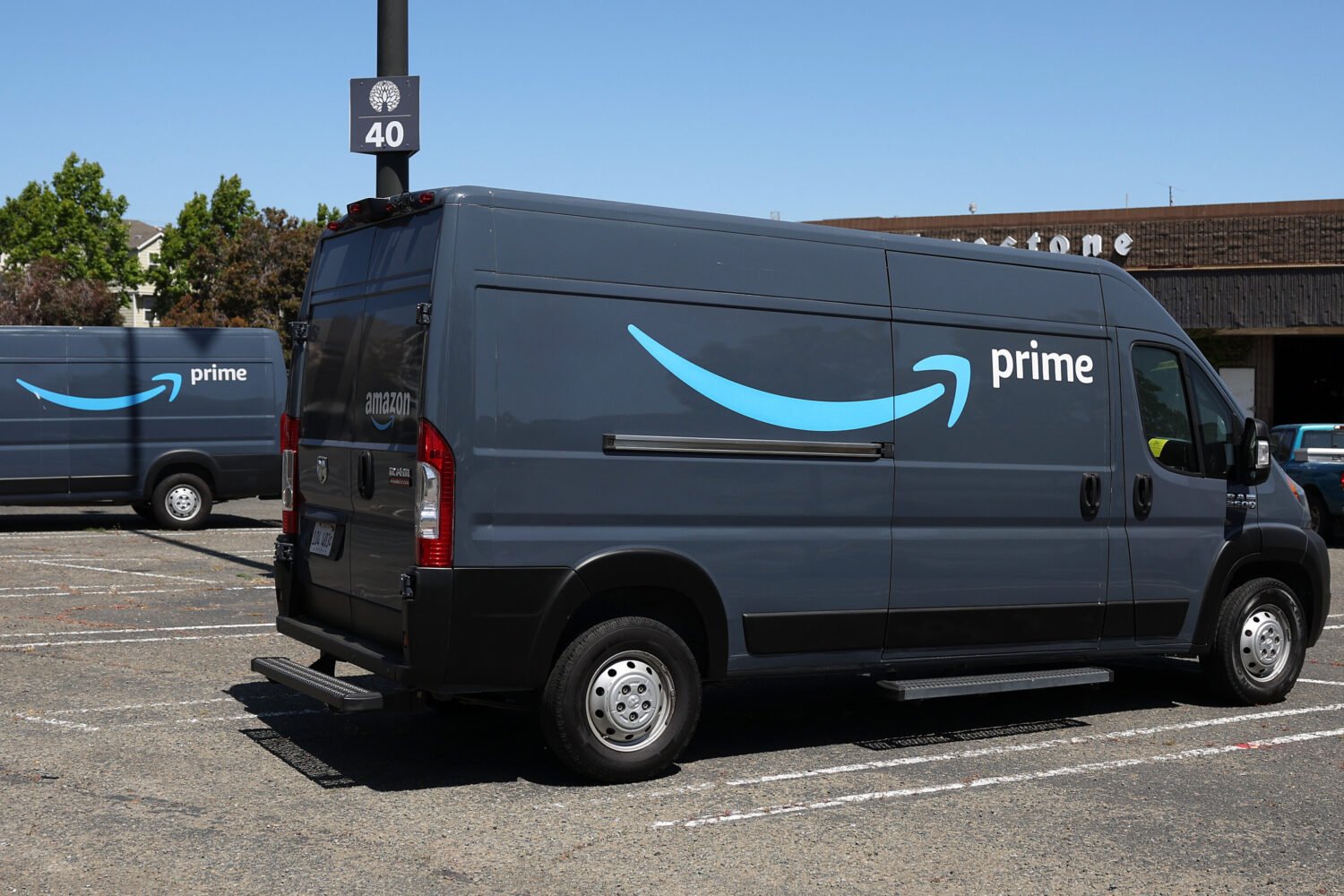In January, Amazon released its list of finalist locations for the company’s highly anticipated second headquarters, which included multiple locations in the DMV area.
The District, Maryland, and multiple locations in Northern Virginia put together packages of financial incentives, including massive tax breaks, and infrastructure projects to woo “HQ2.” Maryland alone has offered Amazon more than $3 billion in tax breaks.
Throughout the bidding process experts and grassroots organizations have continued to voice concerns about the pressure the headquarters would put on the winning city’s local resources. Seattle has seen housing prices skyrocket and traffic choke its highways as Amazon has expanded. Add to this the potential billions given back to Amazon through tax breaks, and the burden on the winning city is likely to be immense. Amazon and its supporters have argued that the 50,000 jobs that will come with HQ2 will more than offset those effects.
But Greg LeRoy of the watchdog organization Good Jobs First says his group is “skeptical of the numbers.” He believes the actual number of jobs Amazon would create would likely be much lower. “I can’t identify another corporate headquarters that employs 50,000 people when they already have people elsewhere.”
Even if the company follows through on hiring that many people, though, another issue looms: automation.
Amazon places a premium on efficiency, and has been aggressively automating jobs in its warehouses. Its newly opened grocery store is entirely manned by machines. Some experts and advocates believe it’s only a matter of time before more and more of the company’s operations are automated, leaving fewer jobs for humans.
In 2012, Amazon purchased Kiva Systems, a company specializing warehouse robots. Today, there are more than 75,000 robots working in Amazon warehouses. Amazon has now established itself a the fore of artificial intelligence, specifically in what technologists call “deep learning.” If the past is any predictor, where Amazon is putting its money now may be an indication of what’s to come.
“Amazon is one of nine companies leading the charge in artificial intelligence and collaborative robotics,” says Amy Webb, founder of the Future Today Institute and an adjunct professor at New York University’s Stern School of Business. “How long do we think it will reasonably need all of those 50,000 employees?”
But technological future-planning is a tricky subject. A report from McKinsey released last year estimated that between 39 and 73 million jobs will eventually be automated in the US alone. Pinpointing which jobs or specific tasks will be automated, however, is harder to predict.
Still, Webb worries that none of the cities that are bidding for HQ2 are ready for the changes automation will bring, even as they court one of its biggest proponents. “Amazon is a hot commodity right now,” she says. “For elected officials with a short tenure, working on a campaign schedule, are you going to say no to thousands of jobs?”
Webb says the jobs most likely to be replaced in coming years—or to have elements of their roles made obsolete—would be in quality assurance, regulatory and compliance, and cyber-security.
So has DC included anything in its proposal to Amazon that would offer buffers against automation and job loss? Chanda Washington, spokesperson for the District’s Office of the Deputy Mayor for Planning and Economic Stability says it’s too early to for the city to discuss. “We are focused on creating job opportunities for District residents,” she says.
While Washington notes that DC has discontinued its incentive programs for companies like LivingSocial that didn’t live up to their promise, a non-disclosure agreement prevents her from saying whether similar stipulations were included in the District’s proposal for Amazon.
And if Amazon falls short of its commitment, there are very few ways for a city to recover money lost in the process. “Any money that a city invests in infrastructure or transportation in preparation for HQ2, that would be impossible to get back,” LeRoy says. “Protections for taxpayers need to be written into the proposals.”
“Amazon has all the leverage and that creates possibilities for real trouble,” Webb says.
Amazon did not return Washingtonian‘s requests for comment.



















